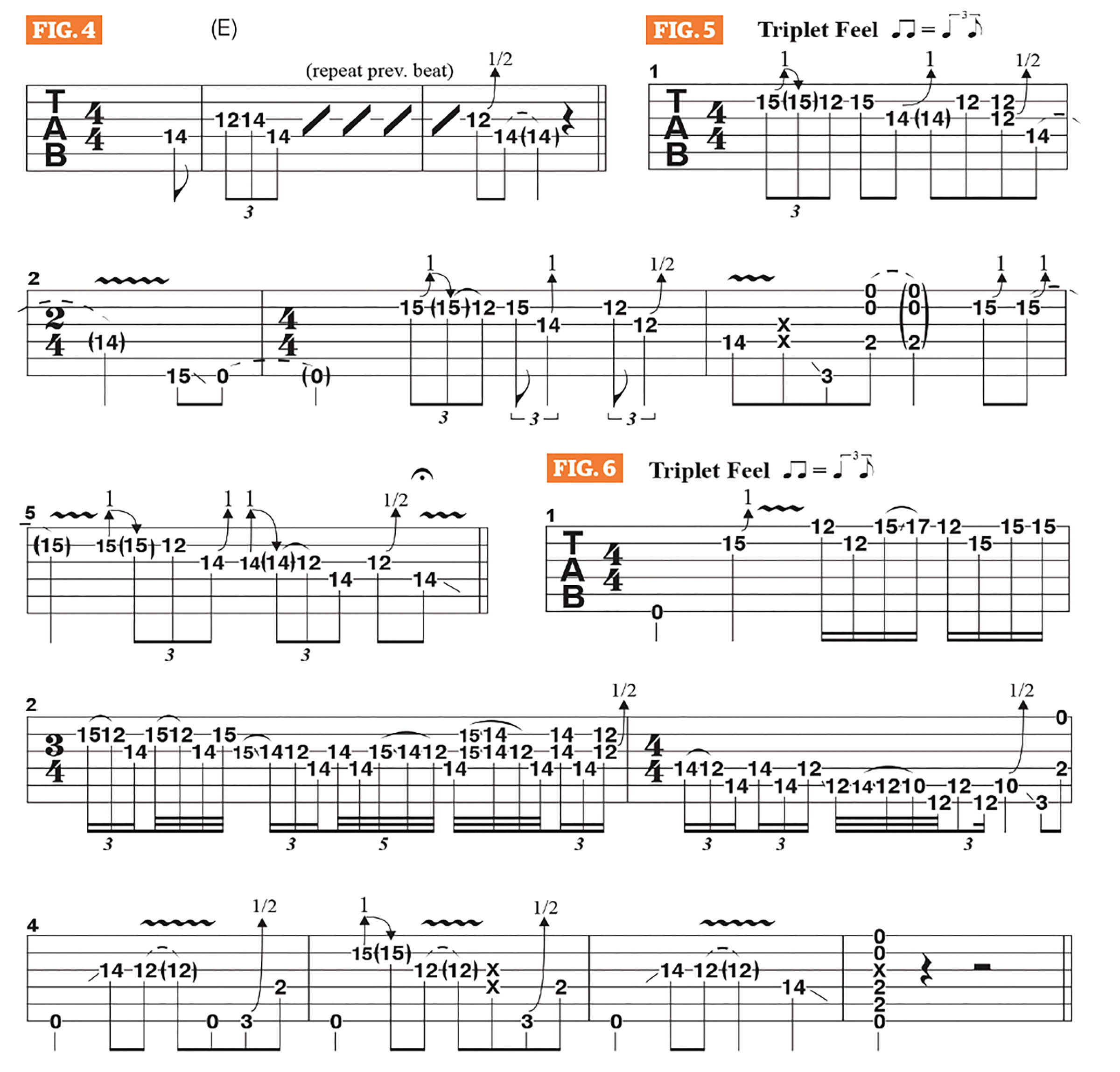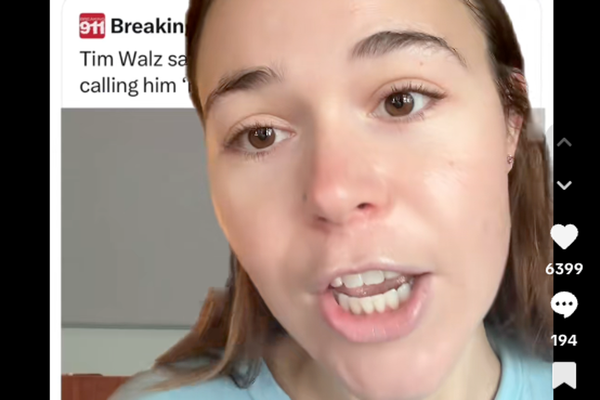An essential element of playing music is being aware of “where” you’re playing in the beat and how it relates to the groove being laid down by the rhythm section. This concept can be broken up into three approaches: playing behind the beat, playing ahead of the beat or playing squarely on the beat.
How a guitar player chooses to interact with the beat, or pulse, will have everything to do with the feeling of the music and the expression being communicated to the listener. This is, of course, true for all instrumentalists, regardless of musical style.
When I was first learning to play the music of my biggest hero, Mountain guitarist Leslie West, I was thinking, “Why does it sound different when I play the Mississippi Queen intro, as compared to when he does it?” I’d be playing right “on the click,” meaning that I was following metronomic time. We’ve been taught to practice with a metronome, and develop solid time at different tempos.
That said, I eventually discovered that many of my biggest heroes often played “behind the beat,” meaning that they’d play just a little bit slower, or “late,” so that the riffs would sit “back” in the pocket.
Another great example is Paul Kossoff’s rhythm playing on the Free classic All Right Now. Figure 1 is played in this style, as I alternate between A5, Dadd4/A and D/A chords.

If you were to measure that against a click, when I’m playing a riff like that I’m deliberately pulling back on the beat just a little bit to change the feeling of the music.
If I’m playing a lick like Figure 2, which simply moves between the notes G and E in the key of E, I’m thinking in my head about slowing down a little, so that the notes are falling just a hair behind the quarter-note pulse.
When you’re playing against the groove of the bass and drums, you can really hear the difference, and this approach is very effective.
You can also play “on top of the beat,” which means playing either squarely on the beat or a little bit ahead of it (“early”), which will give your playing a sense of urgency.
Some of the greatest examples of hearing how a guitarist can manipulate the way to relate to the beat are in the live recordings of the band Cream, featuring Eric Clapton, Jack Bruce and Ginger Baker.

Spoonful is a great example, and Figure 3 is played along these lines. The feeling is that the band is a little bit ahead of the beat and Clapton is pulling back against the groove.
In Figure 4, I play a repetitive lick that moves between G, A and E, and I can subtly “warp the time” – speed up or slow down – to create tension in the music.

Figure 5 is another example of this approach: though I’m not changing the notes much, I am changing how the phrases “sit”in the beat, which has a distinct effect on the feeling of the music.
It’s like driving a car – you can speed up or slow down while traveling through the musical landscape to discover a variety of expressions.
In Figure 6, I start by playing on the beat then switch to playing way ahead of it in bars 2-3 then pull the phrases back behind the beat for dramatic effect.
- This article first appeared in Guitar World. Subscribe and save.







